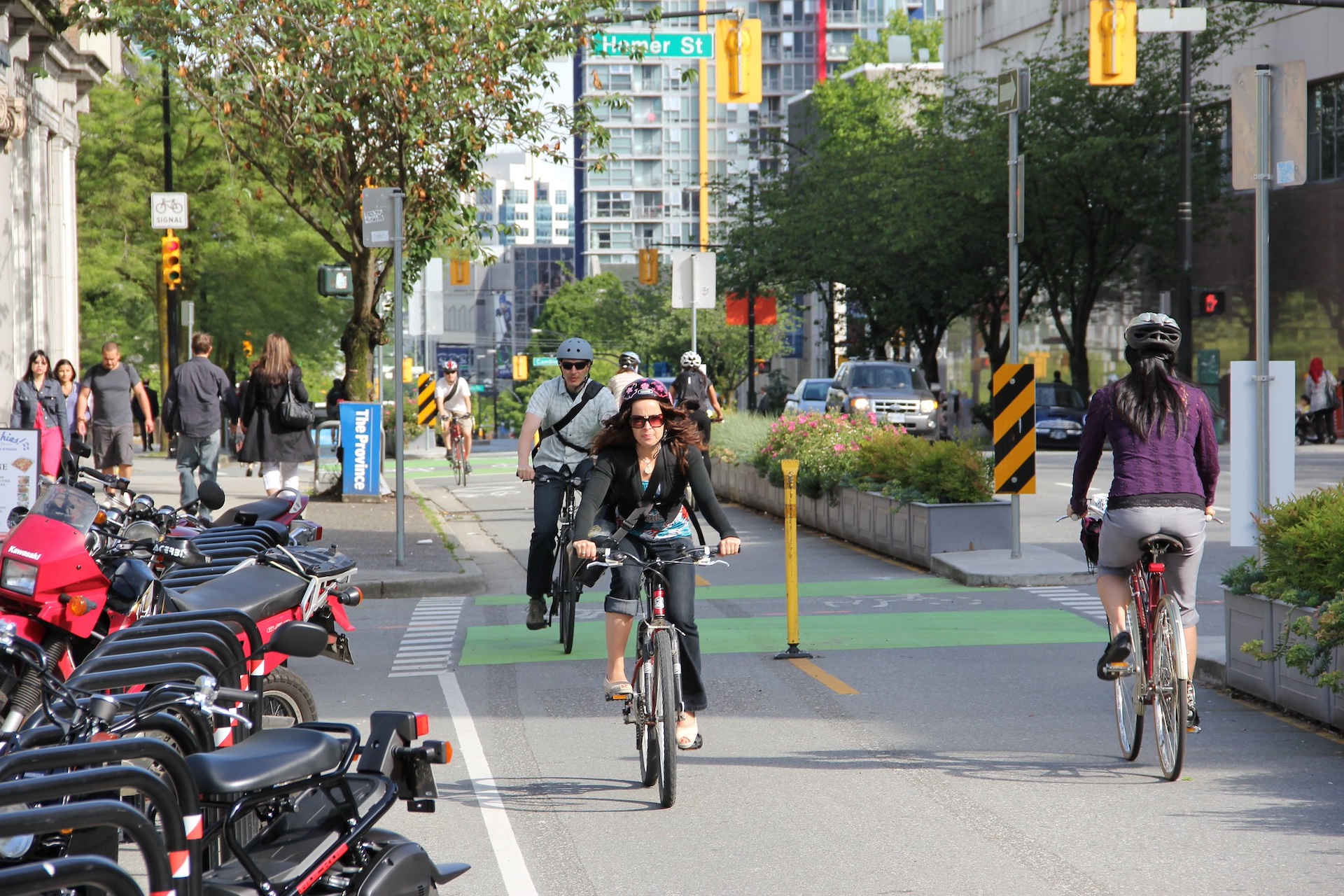Cycling is the low hanging fruit in climate mitigation

If we needed any convincing that climate change is an existential issue requiring urgent action, 2023 should have been the year that succeeded in getting our attention. We had extreme fires in Nova Scotia, Quebec, and British Columbia. We had floods in Nova Scotia and other extreme weather events. The insurance industry reported Severe Weather in 2023 Caused Over $3.1 Billion in Insured Damage (and that is only insured damage, a significant underestimate of total damage).
In fact, 2023 was the hottest year on record, exceeding even the worst expectations. The spiral image from NASA shown below illustrates very well how much 2023 was an outlier. (Do view the animated version at NASA as well.)

It’s easy to get discouraged, but what good will that do? It’s not too late to have an impact! Every mitigation we do now means the outcomes will be less severe than they otherwise would be:
“Hoesung Lee, chair of the [IPCC], which is made up of the world’s leading climate scientists, made clear that — despite the widespread damage already being caused by extreme weather, and the looming threat of potentially catastrophic changes — the future was still humanity’s to shape.
“[The IPCC reports] clearly show that humanity has the knowhow and the technology to tackle human-induced climate change. But not only that. They show that we have the capacity to build a much more prosperous, inclusive and equitable society in this process.”
World can still avoid worst of climate collapse with genuine change, IPCC says.
— The Guardian, March 20, 2023
For those of us attracted to cycling, whatever the reason, it is great news that by cycling ourselves and by supporting others to choose riding over driving, we can have a substantial impact. So much so that Project Drawdown considers bicycle infrastructure to be a high priority solution, yielding a global greenhouse gas reduction of 4.6 Gigatons by merely doubling urban bike trips by 2050 — a very modest goal indeed! Furthermore, by building bike infrastructure rather than more roads for cars and trucks for the world can save $3 trillion in construction costs and $8 trillion in operating costs — largely due to savings in health systems.
If we add on the emerging impact of e-bikes, the results are even more dramatic — Project Drawdown estimates adoption of e-bikes will yield a further reduction in greenhouse gas emissions of 1.5 Gigatons with additional savings in capital and operating costs. The transformation is already happening — 280 million e-bikes are slashing oil demand far more than electric vehicles globally, led by the use of electric micro-mobility in China, India, Indonesia and other African and Asian countries.
For another take on urban transformation with a shift toward cycling, see this paper: The micromobility city: Measuring the impact of greater bicycle use
Even better news is the fact that a shift to cycling is low hanging fruit — projects are smaller in general, low cost, tend to use local labour (due to smaller project size suitable for smaller firms), and the benefit far exceeds the cost. And the transformation can happen quickly — look what has been achieved in cities like Seville and Paris (Henry Grabar captures some great before and after images).Cycling Guide Foundation is trying to help. Our free mobile app supports people who want to ride more but lack the experience or knowledge, or just need a little more support. While additional infrastructure is vital, Cycling Guide helps people discover infrastructure and connections to get to it comfortably. We’ll have more to say about infrastructure in a future post.
Main photo by Paul Krueger. CC License.

